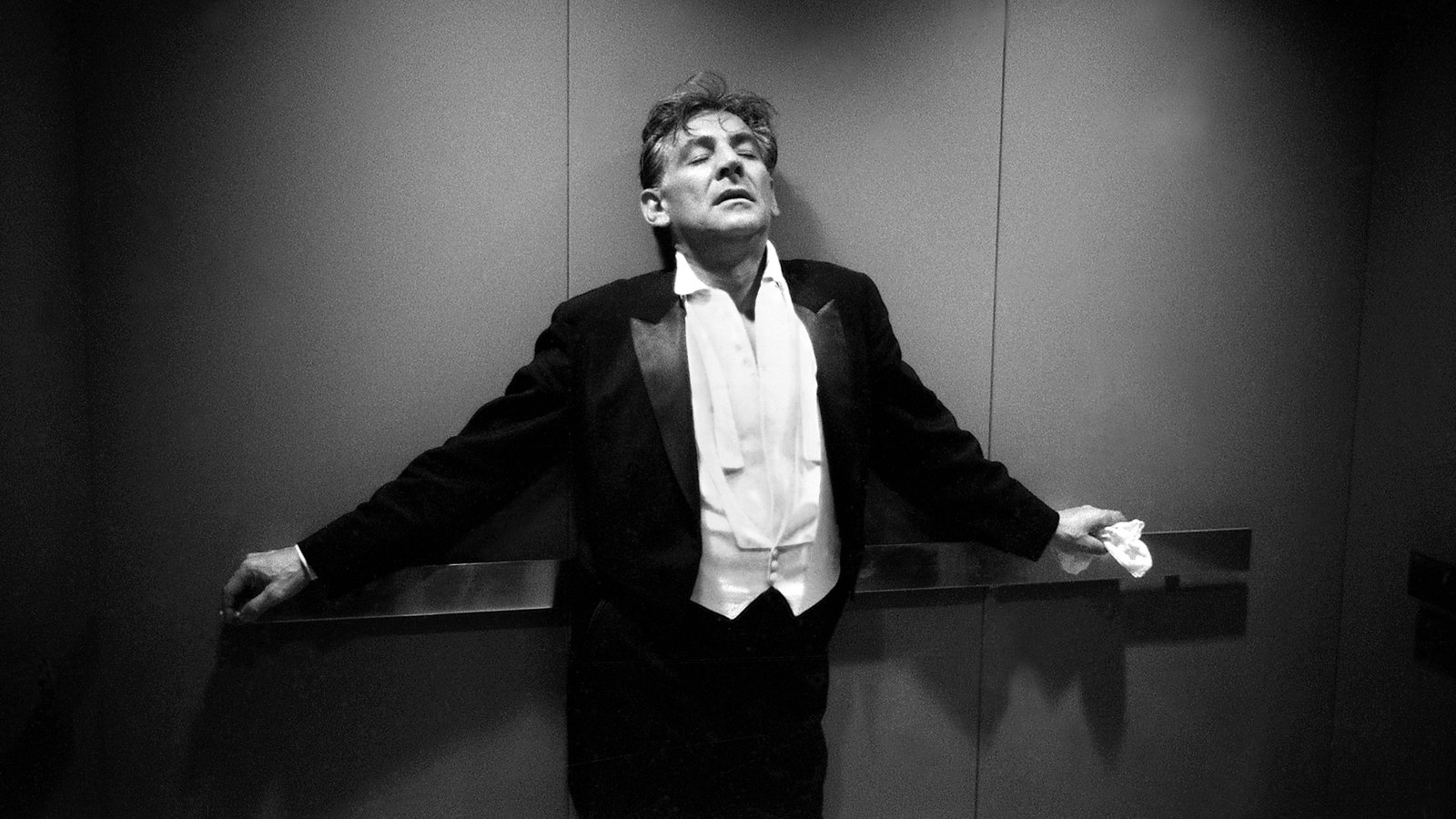Introduction:
Leonard Bernstein, the maestro of modern American classical music, left an indelible mark on the world with his exceptional compositions. From his captivating symphonies to his enchanting Broadway tunes, Bernstein’s musical genius knew no bounds. In this blog post, we pay tribute to this legendary composer by exploring his top 10 compositions that have stood the test of time and continue to inspire generations of music lovers.
- West Side Story (1957): West Side Story remains Bernstein’s most celebrated work, a remarkable collaboration with lyricist Stephen Sondheim. This groundbreaking Broadway musical takes inspiration from Shakespeare’s Romeo and Juliet, intertwining love, prejudice, and gang rivalry against a vibrant musical backdrop. The timeless melodies of songs like “Maria,” “Tonight,” and “Somewhere” are a testament to Bernstein’s ability to create emotionally charged and unforgettable music.
- Symphony No. 2, “The Age of Anxiety” (1949): Bernstein’s Symphony No. 2 is a brilliant composition based on W.H. Auden’s poem of the same name. Reflecting the post-war era’s anxieties, the symphony is a captivating exploration of human psychology, incorporating jazz elements and complex orchestration. It showcases Bernstein’s ability to blend different musical styles into a cohesive and thought-provoking work.
- Candide Overture (1956): Derived from Bernstein’s operetta Candide, this energetic and spirited overture sets the tone for a tale of adventure, satire, and philosophical musings. With its intricate melodies and playful rhythms, the Candide Overture showcases Bernstein’s compositional brilliance and his innate talent for capturing the essence of a story through music.
- Serenade (after Plato’s “Symposium”) (1954): As an accomplished conductor, Bernstein also excelled as a composer for solo instruments. Serenade, composed for violin and orchestra, is a captivating piece inspired by Plato’s Symposium. It features a series of dialogues, each represented by a different solo instrument, weaving together a tapestry of emotional depth and intellectual exploration.
- Chichester Psalms (1965): Bernstein’s Chichester Psalms is a choral masterpiece that marries Hebrew texts from the Book of Psalms with Christian choral tradition. This captivating work, sung in Hebrew, showcases Bernstein’s ability to create a harmonious blend of traditional sacred music and modern compositional techniques, resulting in a profoundly moving and spiritually uplifting experience.
- On the Waterfront (1954): Composed for the film of the same name, On the Waterfront’s haunting score captures the drama and emotional turmoil of the story. Bernstein’s music serves as a powerful narrative element, enhancing the film’s tension, passion, and redemption. The score, with its evocative brass melodies and lush strings, has become one of Bernstein’s most iconic compositions.
- Fancy Free (1944): Fancy Free marked Bernstein’s breakthrough as a composer and choreographer, a collaboration with choreographer Jerome Robbins. This ballet score tells the story of three sailors on shore leave in New York City, bringing together elements of jazz, classical music, and popular dance forms. The infectious energy and lively rhythms make Fancy Free an engaging and joyous composition.
- Mass (1971): One of Bernstein’s most ambitious works, Mass is a theatrical composition that combines elements of classical music, rock, jazz, and Broadway. Commissioned for the opening of the John F. Kennedy Center for the Performing Arts in Washington, D.C., this monumental piece explores themes of faith, doubt, and social unrest, reflecting the turbulent times in which it was created.
- Symphonic Dances from West Side Story (1961): Extracted from the iconic musical, the Symphonic Dances from West Side Story is a vibrant orchestral suite that captures the essence of the original score. Bernstein expertly weaves together the musical themes and motifs from the musical into a symphonic tapestry, creating a dynamic and exhilarating listening experience.
- Prelude, Fugue, and Riffs (1949): An unconventional composition blending elements of classical music and jazz, Prelude, Fugue, and Riffs is a playful and virtuosic showcase for clarinet and jazz ensemble. Bernstein’s ability to seamlessly fuse different musical genres is on full display in this energetic and entertaining piece.
Conclusion:
Leonard Bernstein’s top 10 compositions exemplify his extraordinary talent, creativity, and versatility as a composer. From the iconic melodies of West Side Story to the profound introspection of Symphony No. 2, each composition showcases Bernstein’s unique ability to blend genres, create emotional depth, and tell captivating stories through music. His legacy as one of the greatest composers of the 20th century is firmly established through these timeless and remarkable works.


Comments are closed